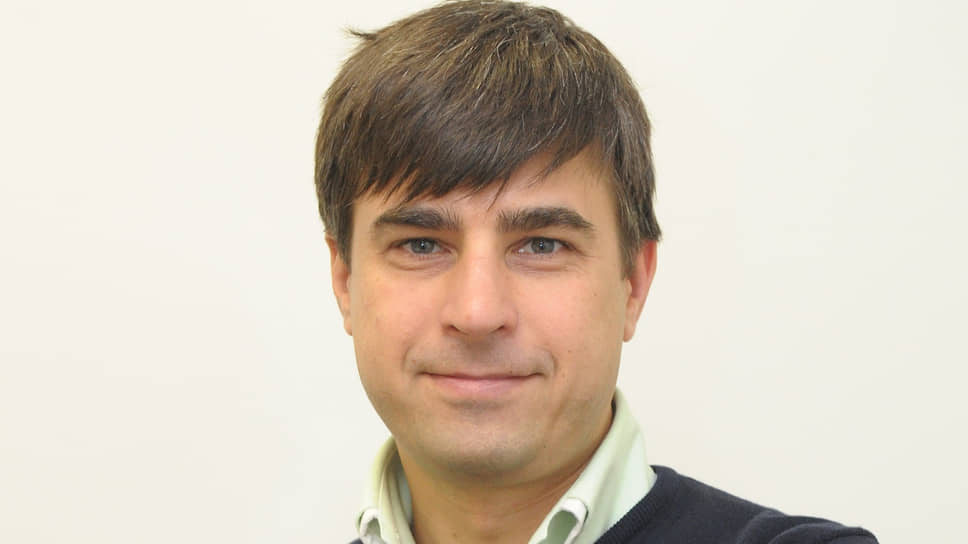The Central Bank raised the key rate from 13% to 15%
[ad_1]
Accelerated inflation forced the Bank of Russia to raise the key rate more decisively than analysts expected – immediately to 15%. The regulator slightly worsened the inflation forecast for the current year – to 7.0–7.5% instead of the previous 6–7%. The Bank of Russia made it clear that the government’s high budget expenditures for the next three years will push back plans to return inflation to the target 4% and will require a longer period of tight monetary policy. However, when announcing its next steps, the Central Bank somewhat softened the signal to the markets, removing the phrase that it would evaluate the feasibility of further raising the rate at its upcoming meetings.
Board of Directors of the Bank of Russia on Friday raised the key rate by another 200 basis points – from 13% to 15% per annum. This is explained by increased inflationary pressure, which turned out to be higher than the expectations of the Central Bank. In the third quarter (July-August), annual price growth was 12.1% after 5.1% in the second. Annual inflation, estimated as of October 23, increased to 6.6% after 6% in September.
“Growing inflation pressure is manifesting itself across an increasingly wider range of goods and services,” the Central Bank is concerned. This means that the growth of domestic demand is increasingly exceeding the capabilities of producers. Therefore, it is easier for them to transfer increased costs into prices, including those associated with the weakening of the ruble and the shortage of personnel. Inflation expectations of the population are elevated, price expectations of enterprises continued to grow, reaching historically high values, the Central Bank records. According to his updated forecast, by the end of 2023, annual inflation will be in the range of 7.0–7.5%.
The regulator notes that with the tightening of its policy, interest rates on the credit and deposit market are growing.
Following this increase in deposit rates, the influx of household funds into banks has increased, and money is also flowing from current accounts to time deposits. Rising interest rates have a mixed impact on lending. The growth of unsecured consumer lending slowed, but mortgages continued to grow at a high rate, primarily preferential ones, the nominal rates of which remained unchanged. Companies are also actively lending, including in anticipation of future payments under government contracts.
Regarding the situation in the economy as a whole, the Central Bank notes that economic activity is growing faster than expected in September, but this again leads to increased inflationary pressure. “The confident growth of domestic demand is due to the expansion of private demand while maintaining government demand at a high level and the expected additional increase in fiscal stimulus,” the regulator notes. Consumer activity is supported by rising real wages. Company profits are also rising, which, coupled with hopes for fiscal stimulus, is keeping investment demand high. In the new baseline scenario, the Bank of Russia predicts that the GDP growth rate will be 2.2–2.7% in 2023, 0.5–1.5% in 2024, 1–2% in 2025 and 1.5 -2.5% in 2026.
In its statement, the Central Bank made it clear that the high budget expenditures planned by the government for the next three years are pushing back plans for returning inflation to the target 4%.
“Based on the new medium-term parameters of fiscal policy, the decline in fiscal stimulus in the coming years will occur more slowly than previously expected,” the regulator said, warning that achieving the goal will now require a “longer period of maintaining tight monetary conditions in the economy.”
However, when announcing its next steps, the Central Bank returned to a neutral formulation – that further decisions on the rate will be made “taking into account the actual and expected dynamics of inflation relative to the target, economic development over the forecast horizon, as well as assessing risks from internal and external conditions and the reaction of financial markets to them.” The next Central Bank meeting on rates is scheduled for December 15.
[ad_2]
Source link







